Impressionism: American Gardens on Canvas
by Matthew Innis |Introduction
The New York Botanical Garden brings to life picturesque gardens of the early 20th century with Impressionism: American Gardens on Canvas. In the Enid A. Haupt Conservatory, discover the American garden style that inspired the work of Impressionist painters in a vividly colored garden inspired by the island garden of Celia Thaxter. In the LuEsther T. Mertz Library Art Gallery, view a collection of paintings and sculptures by visionaries such as Childe Hassam, John Singer Sargent, and Edmund William Greacen, some of the movement’s leading artists. Poetry composed by influential poets from this period, including Robert Frost and Amy Lowell, line the pathways leading to the Conservatory. A range of programs including our evening concert series, art activities for children, and a symposium featuring Impressionist scholars take a closer look at the American garden movement and artists that rendered scenes of horticultural history.
American Impressionism
Artists of the Impressionist movement of the late 1800s aimed to capture the “impression†of a subject rather than its exact likeness, using thick, vigorous brushstrokes and a vivid color palette to convey the changing light of a scene. In France, where the movement was born, and the movement’s American artists, Impressionism was associated with depictions of the rituals of everyday life, scenes that were often painted outdoors. Their favorite subjects included urban gathering places, parks, and gardens.
Impressionism’s rise coincided with the emergence of a new American gardening culture. Industrial advancement in the U.S. and abroad coincided with the rapid urbanization of American cities and the rise of suburbs. The romanticized status of unspoiled frontier lost traction in the popular imagination as interest in city parks and beautified domestic gardens increased. Those that had the means beautified their domestic spaces through gardening, creating intimate spaces to escape modern life. Garden havens were frequently found in artist colonies that in turn nurtured painting, sculpture, and poetry.
Impressionists in the Garden
The late 1800s saw the development of major urban parks such as New York’s Central Park, the establishment of the U.S. national park system, and the widespread popularity of a simplified domestic garden style inspired by the informal dooryard gardens of the colonial era. The warm and welcoming gardens of this era, bursting with old-fashioned flowers, were meant to be lived in and tinkered with rather than simply observed. This bright, lushly planted garden style inspired American Impressionists, and this style also served as inspiration for NYBG’s Impressionist garden in the Enid A. Haupt Conservatory. Close examination of the paintings of the era led us to the garden of artist and writer Celia Thaxter, an informal, abundant flower garden vibrant with color on Maine’s Appledore Island.
In the early 20th century, the arts of painting and gardening were closely entwined. Practitioners of one art often also practiced the other. Artist-gardeners used texture, shape, and masses of color in their gardens in much the same way that Impressionists used brush strokes and brilliant color on canvas. Impressionists such as Maria Oakey Dewing, Hugh Henry Breckinridge, and John H. Twachtman created their own gardens as living works of art and outdoor studios for plein-air painting.
Painting in Open Air
Many American Impressionist artists worked alongside one another in outdoor communal garden landscapes, which provided a never ending source of subject matter. These painters often spent hours at a time outdoors, capturing the changing light, seasonal shifts, even the life cycles of plants with shifting color palettes, as new, more vibrant pigments were manufactured. The invention of portable paint tubes made it possible for artists to make day trips away from home, traveling to capture natural landscapes and domestic scenes alike.
Old Fashioned Gardens
Although American Impressionists painted many types of outdoor spaces, there was no more uniquely American subject of this period than the classic, old-fashioned garden. This was a time of transition for American horticulture, when the bedding-out of tender annuals and tropical was falling out of fashion and designers were instead embracing a distinctly American style that celebrated the beauty, fragrance, and picturesque nature of the old-fashioned flowers grown I the dooryard gardens of the colonial era. In these simple plantings vegetables and flowers were often crowded together in a small bed near the entrance to a home.
The flower show in the Conservatory was created in homage to the gardens of this era. Many particular elements were inspired by the garden of Celia Thaxter, a gardener and writer whose property inspired many American Impressionists, most famously Childe Hassam. In Thaxter’s garden, small rectangular beds were often enclosed by a wooden fence, filled to overflowing with familiar flowers such as poppies, hollyhocks, phlox, and larkspur. They featured simple architectural elements such as the fences, gates, and arbors installed in this exhibition.
Artist Colonies
American Impressionists often gathered to paint outdoors in what were known as art colonies. City dwellers spent summers on extended sojourns in rural communities that offered opportunities for long days spent painting outdoors and the camaraderie of fellow artists. William Merritt Chase established a painting school in Shinnecock, on the East End of Long Island. Hugh Henry Breckenridge taught plein air painting at his home, Phloxdale, in rural Pennsylvania. Florence Griswold operated a boarding house at her home in Old Lyme, Connecticut (known as the “American Givernyâ€), and famously encouraged painters such as William Chadwick to take up gardening as a means of nourishing their creativity. Celia Thaxter’s cottage adjacent to her family’s hotel on Maine’s Appledore Island was a gathering place for visual artists, writers, and musicians.
Thaxter and Griswold were esteemed artist-gardeners in their own right. Just like their overflowing old-fashioned gardens, their vibrant sitting rooms were adorned with objects of beauty: books of poetry, cut flowers, and works of art by themselves and their many friends.
An Island Garden
A poet and ardent gardener since childhood, Celia Thaxter opened her home to artists and creative thinkers each summer. Thaxter and her art colony are intimately tied to the American Impressionist movement through her friendship with Childe Hassam, who painted on Appledore Island every summer for many years. The flower show in the Conservatory is an interpretation of Celia Thaxter’s old-fashioned, cottage-style garden, which epitomizes the smaller gardens often depicted in the paintings of the American Impressionist era. The house, raised beds, fences and arbors, and color palette are all derived from her garden.
Appledore Island provided a unique and secluded site far away from the mainland hustle and bustle. Travelers to the island had to come and go by way of ferry. Thaxter’s An Island Garden (1894) was a deeply personal account of a gardening year on the island. Written in the first person, it is by turn conversational in relating her efforts to eradicate garden pests and poetic in her declarations of devotion to poppies and other favorite flowers. Throughout it is illustrated with chromolithographs of charming watercolors by Childe Hassam.
Plants in the Impressionist Garden
Gardening clubs, magazines, and how-to books proliferated in the late 1800s and early 1900s. The writings of authors such as Celia Thaxter combined poetic tributes to the beauty of simple garden plants—morning glory, poppies, asters—with conversational advice for growing and maintaining an artful cottage garden. While the extremely wealthy built elaborate formal gardens on vast estates maintained by professional gardeners, people of all social classes could consult these sources to create a picturesque garden on a more modest scale.
The plants in these simple, “impressionist†gardens were resilient, cheerful, and free-flowering. In early spring, snowdrops were followed by crocuses, daffodils, and squills. Any open ground was quickly filled with pansies, violets, wallflowers, Iceland poppies, and other cool-season annuals. As the weather warmed, spires of larkspur, foxgloves, phlox, and hollyhocks rose above peonies, lavender, penstemon, and roses. Climbing roses, clematis, sweet peas, and morning glories clambered over trellises and simple wooden fences. In late summer, dahlias, asters, and sunflowers extend the flowering season. Plants were allowed to self-seed and intermingle, permitting an element of chance that must have been appreciated by a group of artists seeking to capture snapshots of daily life on their canvases.
Poetry in the Garden
The rise of Impressionism in the United States during the late 19th century coincided with the emergence of a new interest in the transformative effects of nature. Intimate outdoor scenes in private gardens and public parks inspired many of the visual artists of the period. Their literary colleagues, who often gardened at the same art colonies as painters and sculptors, were similarly inspired by cultivated oases.
Nestled in the Garden landscape you will find a selection of poems by influential writers, many of whom visited art colonies. Curated by contemporary poet Sophie Cabot Black, these poems reflect an appreciation for the natural world that permeated creative life during this period. Black’s own collections of poetry, The Misunderstanding of Nature (1994), The Descent (2004), and The Exchange (2013), also contemplate the power, beauty, and mystery of nature.

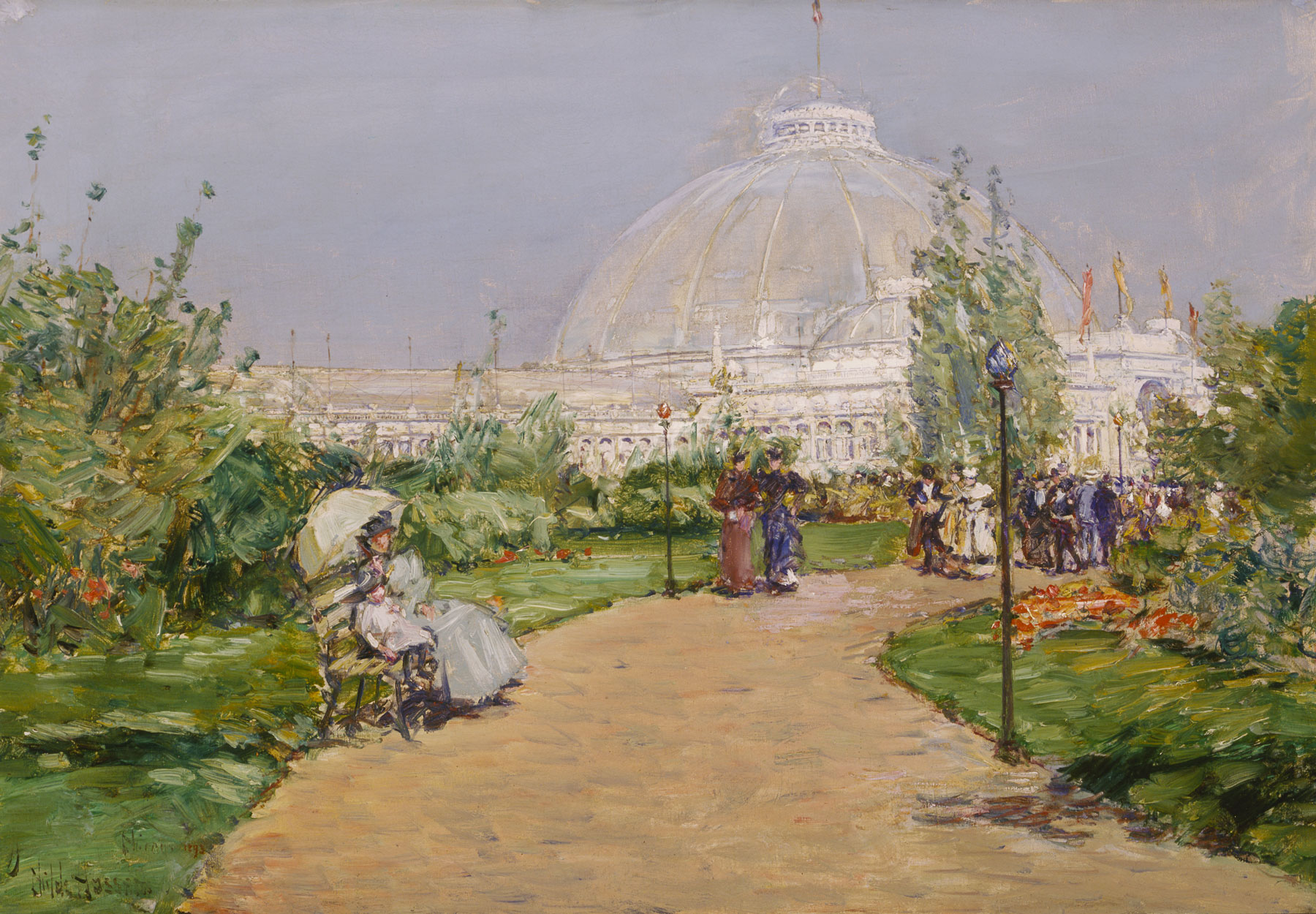
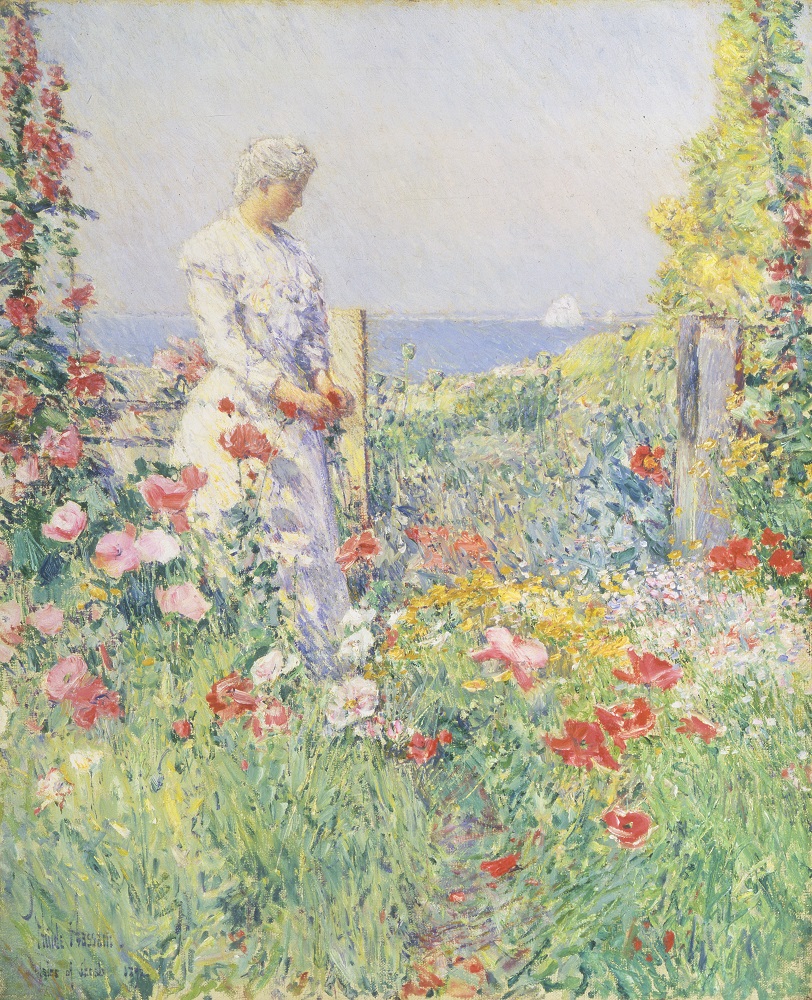
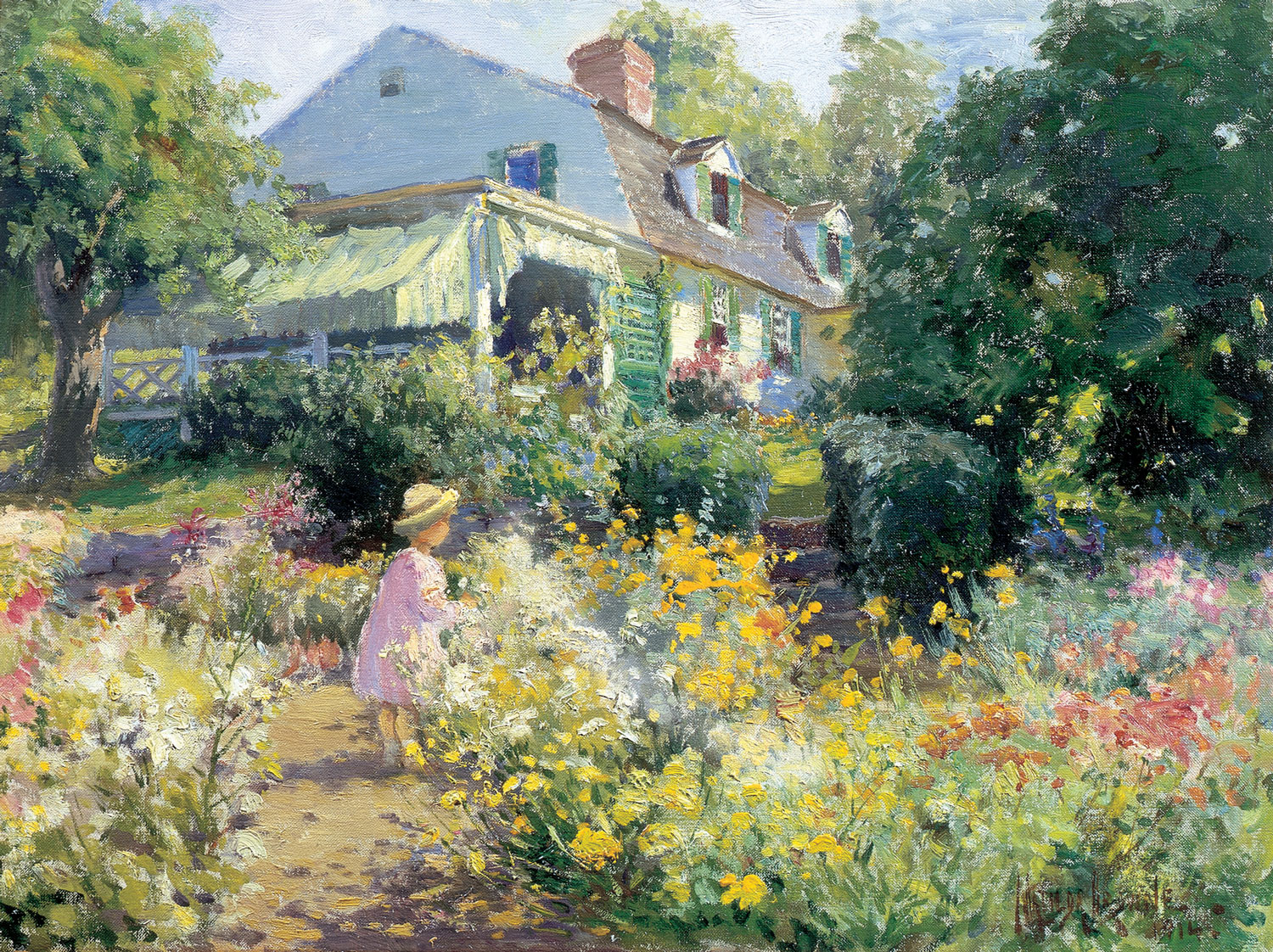
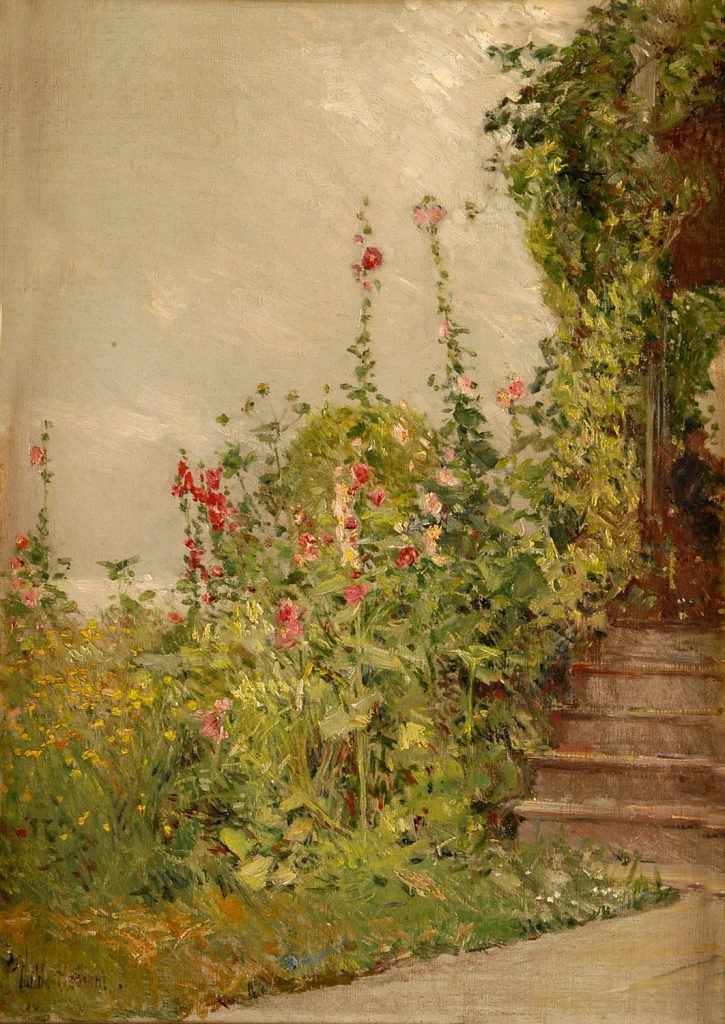
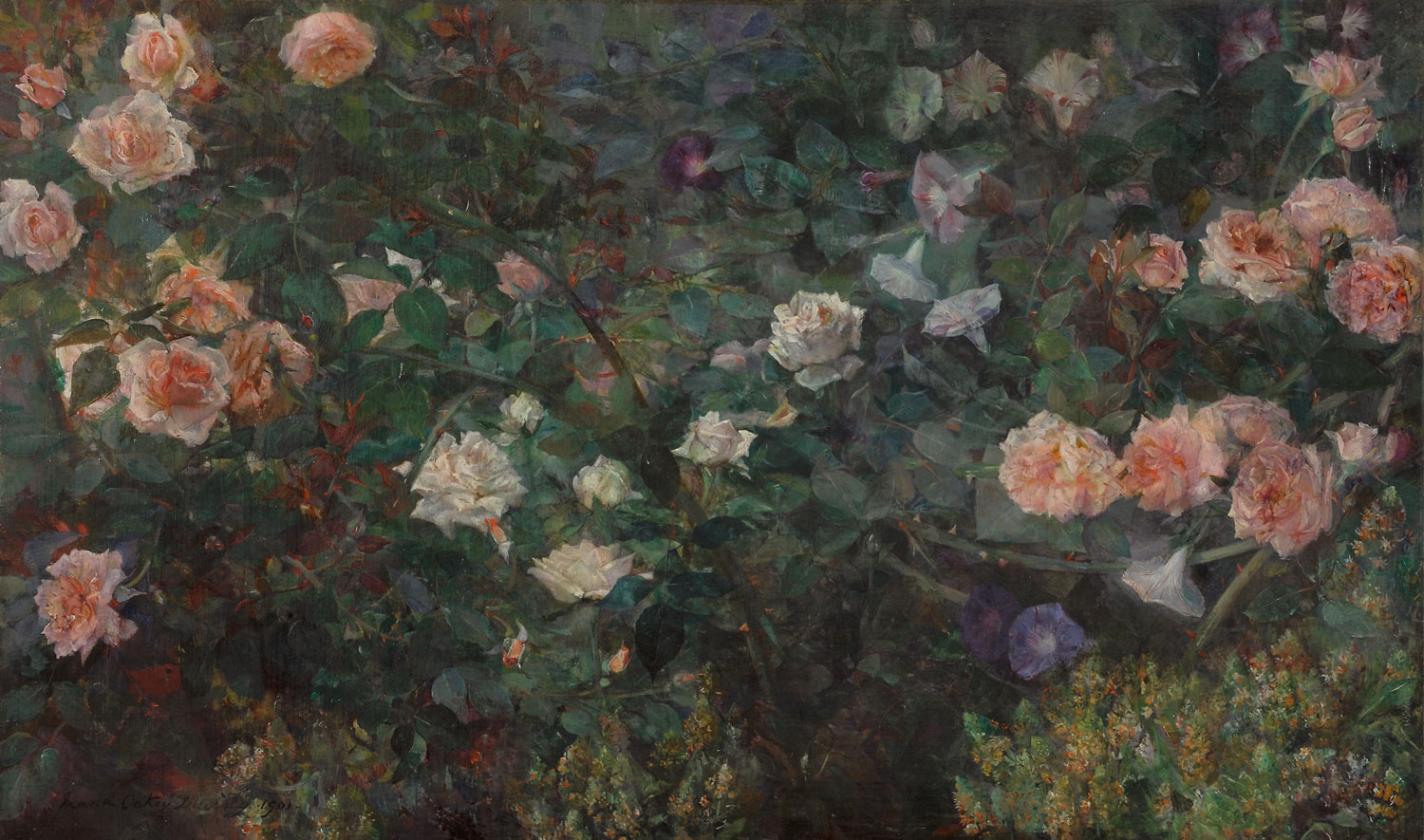
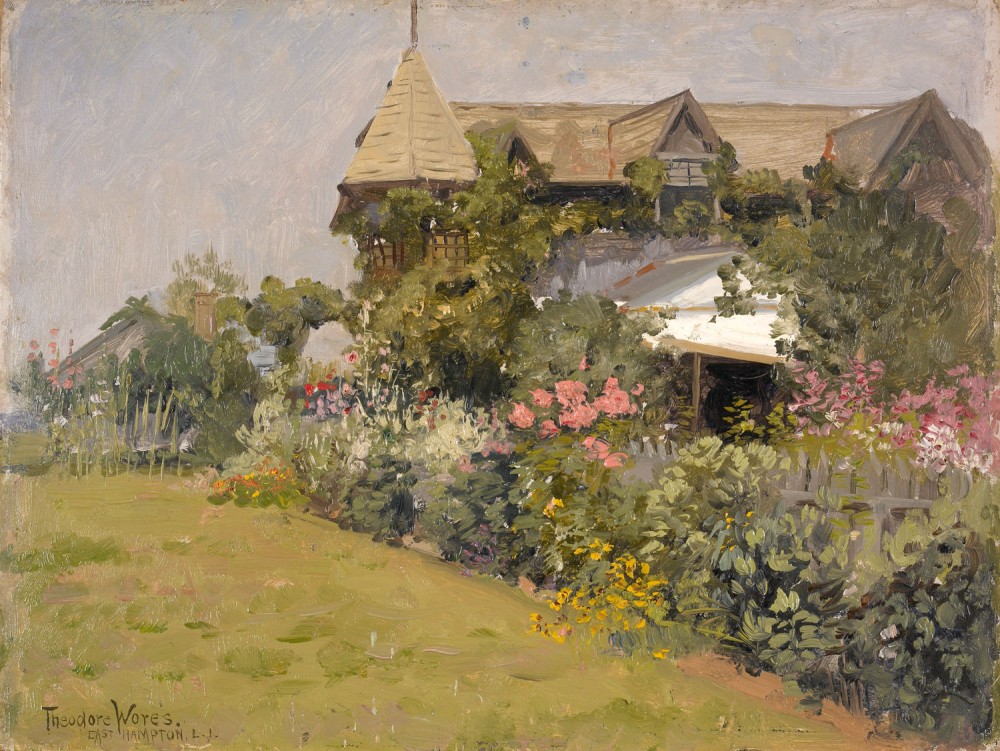
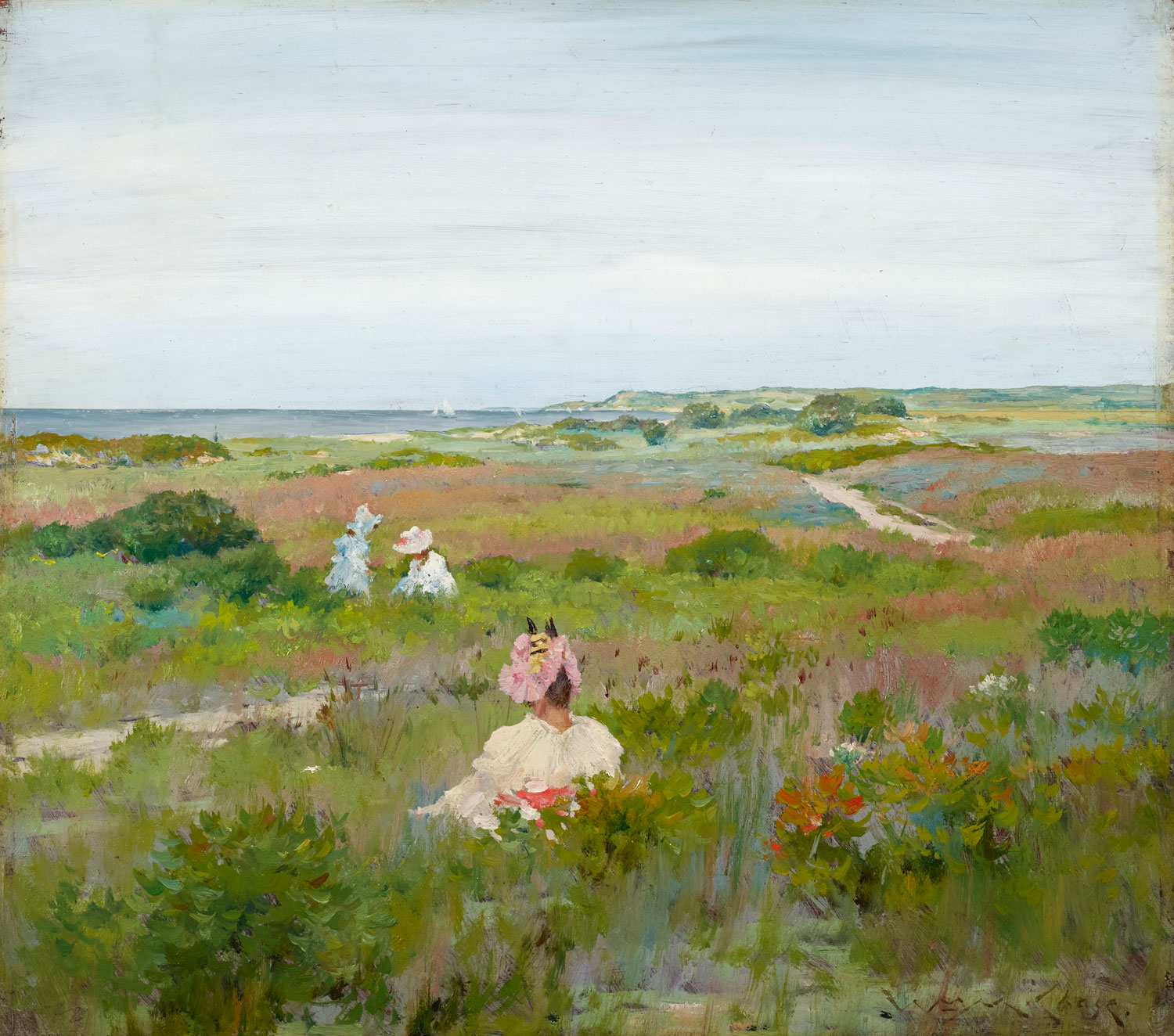
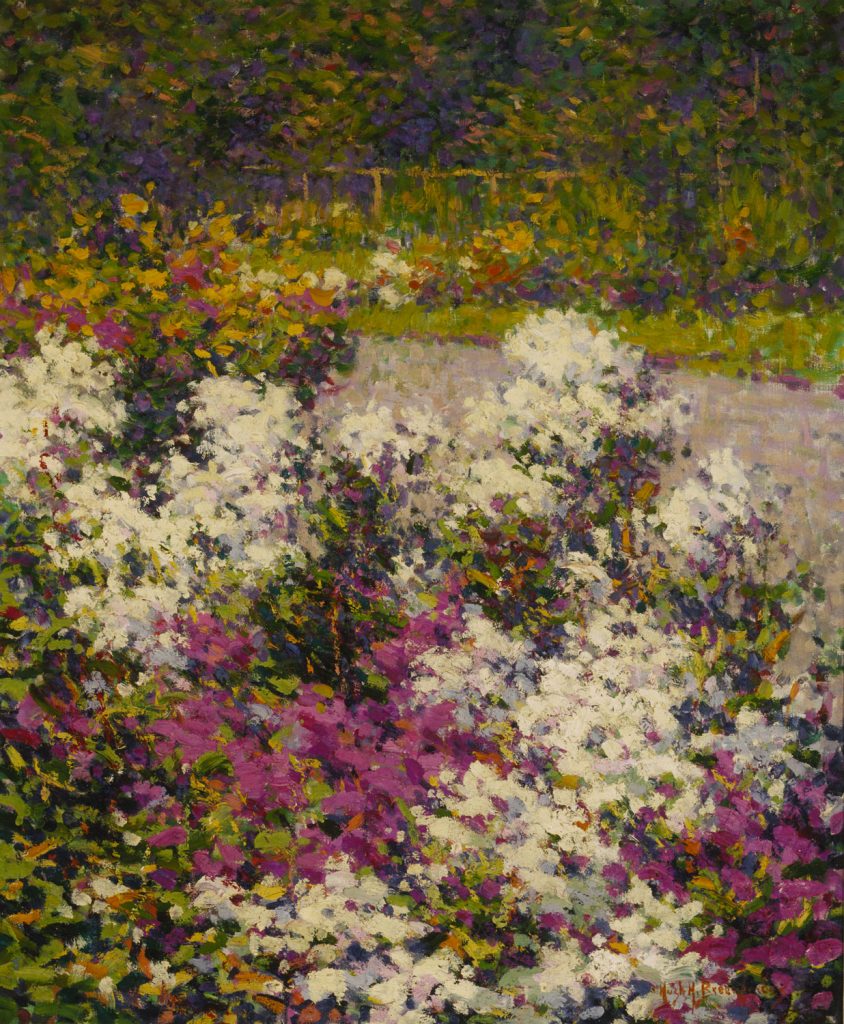
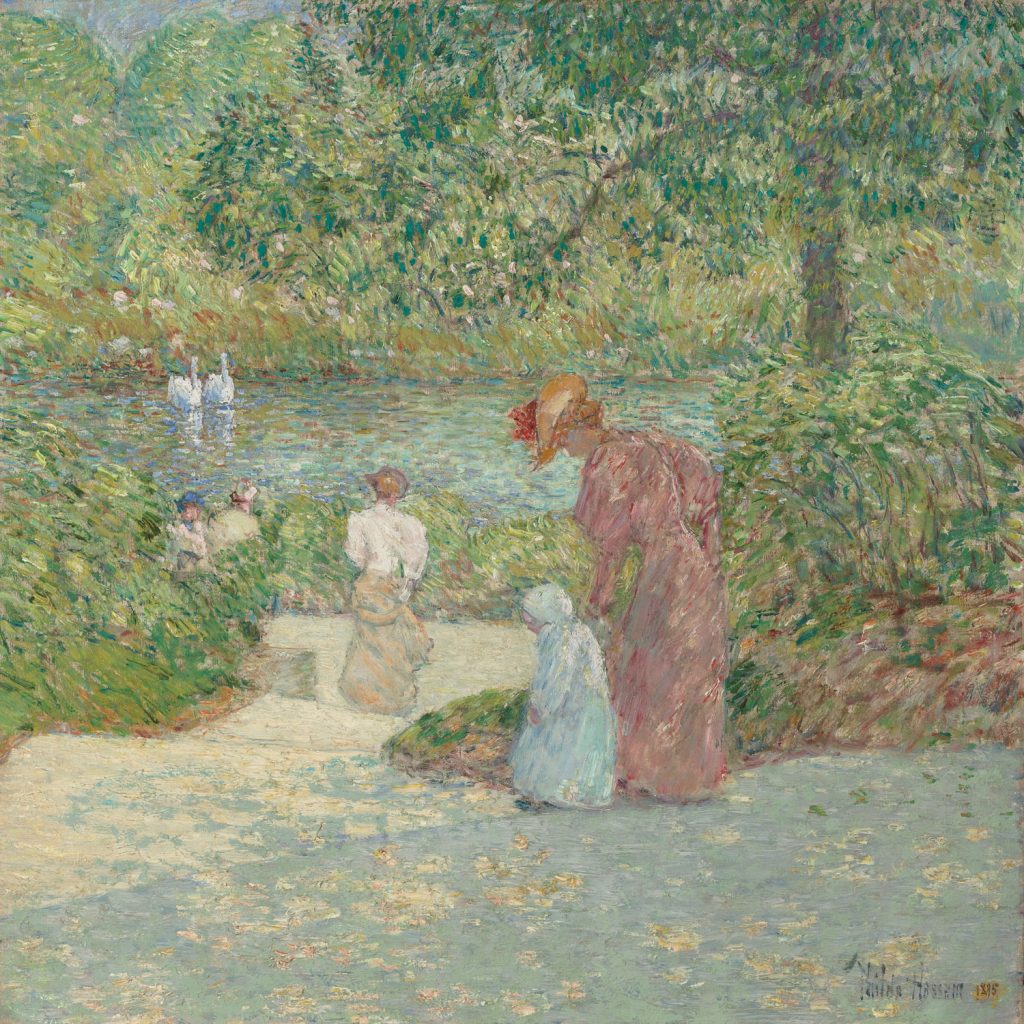
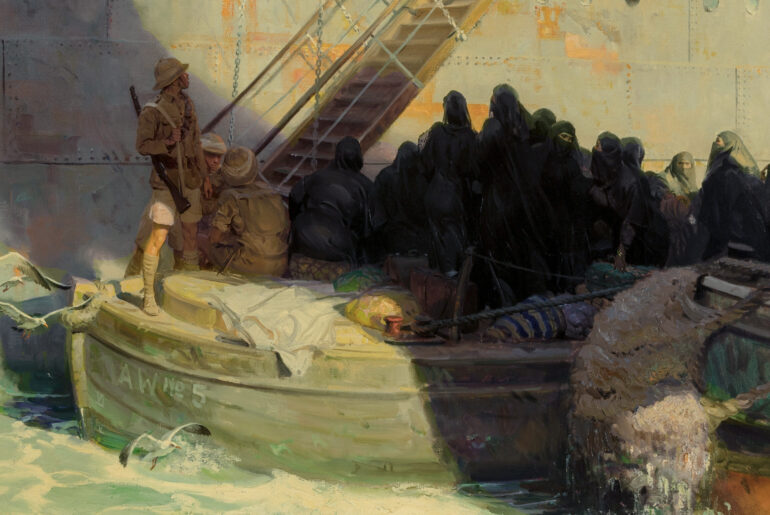
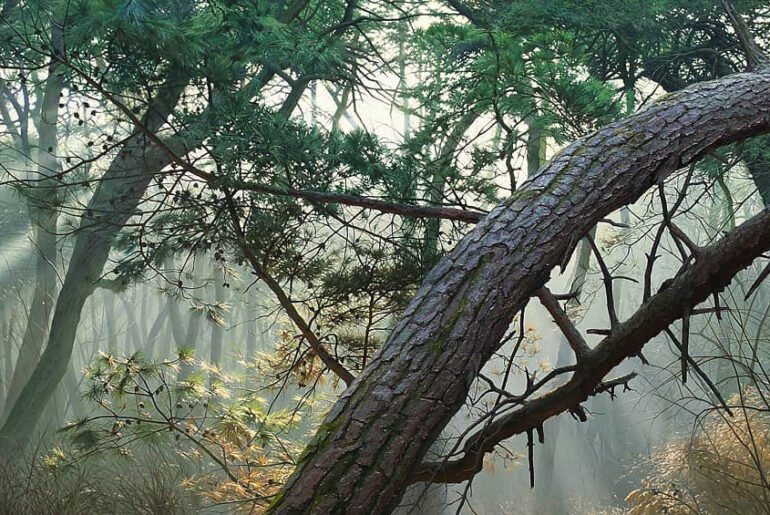
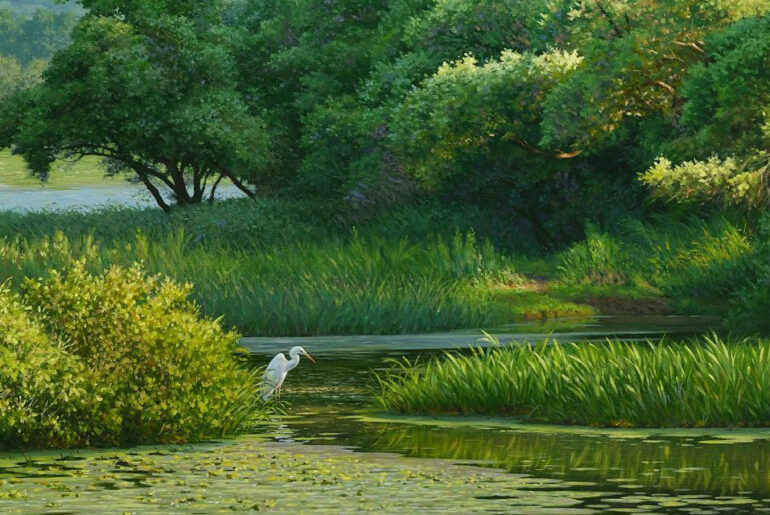
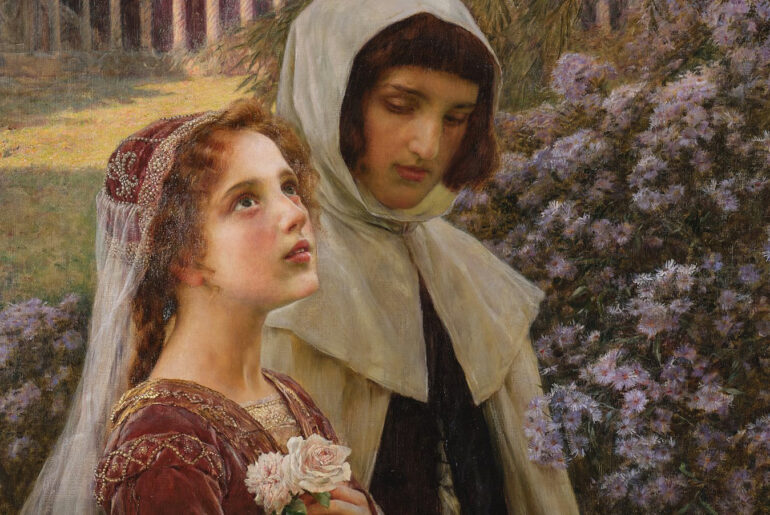
Where: New York Botanical Gardens, Bronx (NYC)
When: May 14 – September 11, 2016